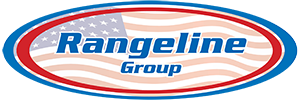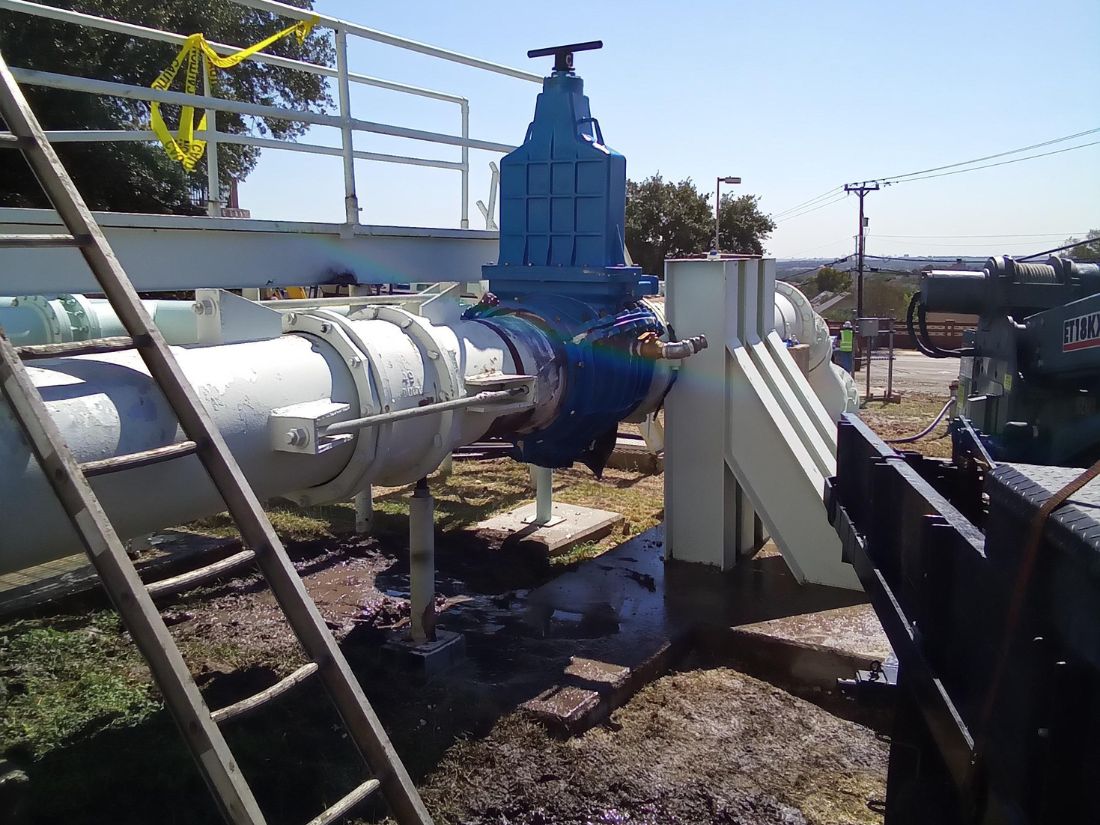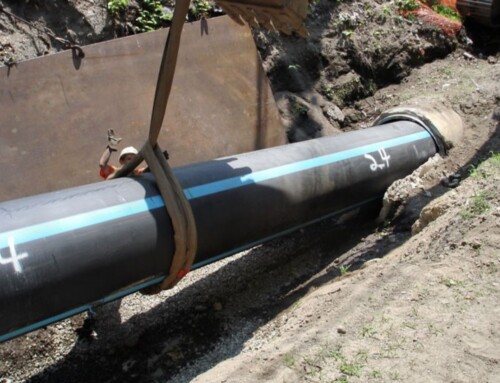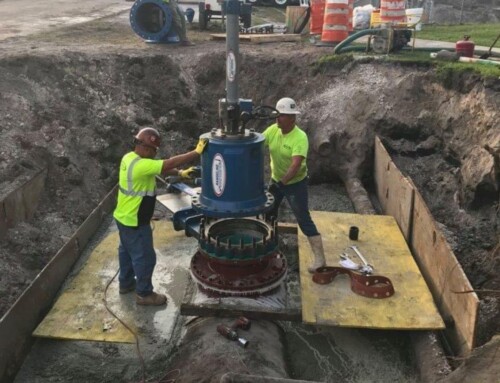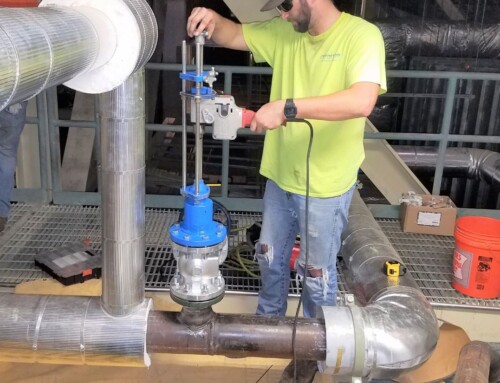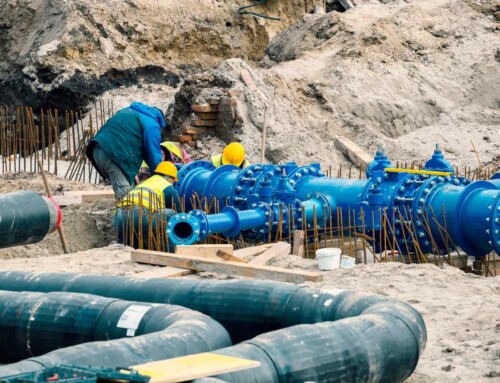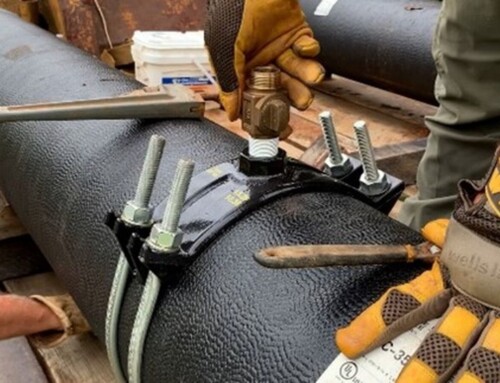It’s no secret that both industrial operations and municipal infrastructure are quite complex, involving numerous regulations and policies. Having the ability to navigate regulatory compliance while performing a valve insertion for your pipeline is one of the more important aspects of this department. Since staying up-to-date and compliant isn’t easy, we’ve compiled a comprehensive guide to ensure your valve insertion processes meet all regulatory standards.
Understanding the Importance of Regulatory Compliance
You should never overlook the importance of regulatory compliance—it’s far too important. Adhering to all relevant regulations and standards is crucial to secure the integrity of your operations and the safety of people, property, and the environment. Ensuring regulatory compliance in valve insertion will safeguard your enterprise from penalties, legal repercussions, and potential damage to your reputation.
Identifying Applicable Regulations and Quality Standards
The first step in achieving compliance is identifying the regulations, standards, and certifications that apply to your specific operations. Keeping track of the latest updates and requirements in these areas can protect the quality of your valve insertion procedures and maintain a sterling reputation within your industry. This identification should include research into regional, national, and international regulations, and consulting experienced professionals who can provide specialized guidance.
Implementing Best Practices for Valve Insertion
A proven way to guarantee that your business achieves regulatory compliance is to implement best practices for valve insertion. These best practices include adopting standardized procedures, utilizing reliable products and equipment, and offering ongoing training and education for your staff. You can be confident in meeting or even surpassing compliance requirements, resulting in a superior and safe operation by investing in these best practices.
Regular Auditing and Monitoring for Compliance
Of course, the process doesn’t stop after initially setting it up. Continuous monitoring and auditing of your valve insertion processes can help you detect any areas of non-compliance early on, allowing for corrective action before problems escalate. Establishing a robust internal auditing plan will enable you to review your processes, identify weak spots, and enact meaningful improvements. Moreover, partnering with an experienced third-party company for external auditing can offer valuable insights and recommendations, fostering a culture of compliance and excellence.
Letting Expertise Guide Your Path to Compliance
While navigating regulatory compliance in valve insertion can seem daunting, you don’t have to venture into it alone. You can confidently pursue compliance while focusing on your core business operations by engaging with professional valve insertion contractors who deeply understand the industry’s regulations. Plus, they can handle your entire valve insertion installation, ensuring everything goes off without a hitch.
